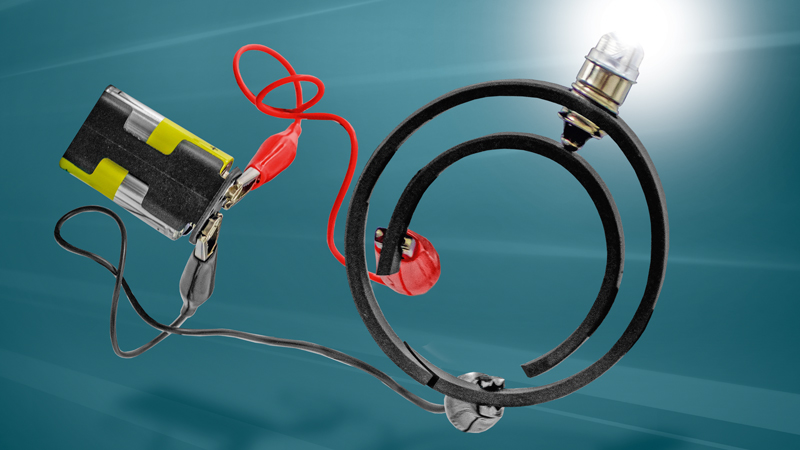Material Updates


- Carries all global certifications, including FDA, EU and Chinese GB guidelines
- All around material, with chemical and temperature resistance
- Universal applicability enables standardization of many different types of seals
- Large variety of thickness and sheet formats allows simple and inexpensive production of almost any seal geometry
- Gaskets characteristics in accordance with DIN EN 13555, allowing design of permanent tight flange connections
- Availability of all important gasket constants allows safe seal designs and calculation
- Unlimited shelf life

COMPLETELY UNIQUE TO THE MARKET, TWO NEW ELECTRICALLY CONDUCTIVE MATERIALS ALLOW NEW DYNAMIC APPLICATIONS.
Sealing materials are finding innovative new uses in high-tech applications. Virgin PTFE is an excellent insulator, with resistivity around 2x1017 Ohm-cm. Previously, only by inserting carbon fillers up to a threshold point and interconnected within the PTFE matrix, could any electrical productivity be added.
In most cases, the conductivity was discovered by accident, but these new materials have been deliberately engineered and optimized to offer this functionality.
“Conductive elastomers are available, but these are primarily only for static applications, while the conductive, injection moldable plastic materials that exist have low flexibility and are less suited for sealing purposes and for installation in closed grooves,” says Soeren Roepstorff, Development Manager at Trelleborg’s manufacturing facility in Helsingør, Denmark, where the new compounds were developed.
For spring and elastomer-energized dynamic applications, this conductivity was nearly impossible. But these new compounds open up exciting fields and applications that were not previously possible.
“Now seals and bearings can provide a reliable electrical connection between the moving parts,” says Soeren. “There has been a strong demand for drive electrification, and new opportunities within eMobility, sensing and IoT applications that these new materials can take advantage of and provide engineers with opportunities in grounding or transmitting signals through the seals themselves.”
Consider an aircraft generating static through flying, or charges between gaps in components causing sparks. These compounds allow safe and efficient dissipation of this charge.
Further still, with high-tech applications, rather than using additional circuitry, sensors can send signals directly through the seals, enabling more compact and complex systems.
A dedicated test rig was designed for testing Turcon® MC1 and MC2 to simulate real life conditions. Results showed negligible dry-contact resistance even with low contact
pressure and system fluids. The low resistance shown proved its conductivity.
“Turcon® MC1 and Turcon® MC2 meet our customers’ demands for conductive plastic sealing materials that will work effectively and reliably as seals and bearings in dynamic applications. With them, designers can take advantage of using a range of advanced PTFE-based sealing geometries and all the benefits that they offer in applications that require electrical conductivity through a hydraulic system or electric motor, for instance,” finishes Soeren